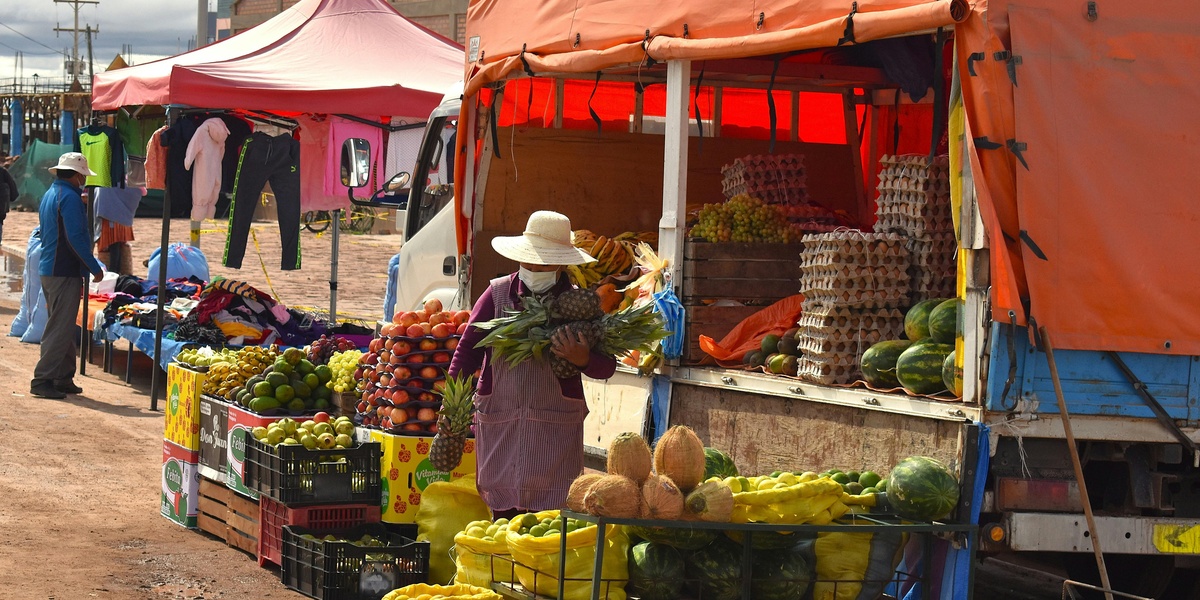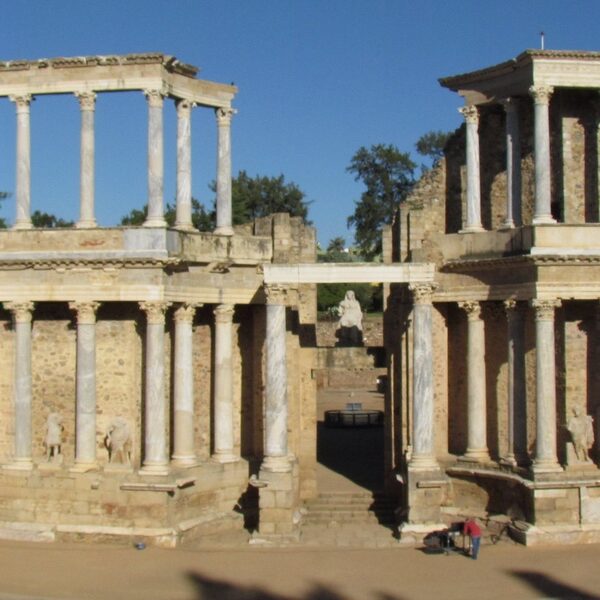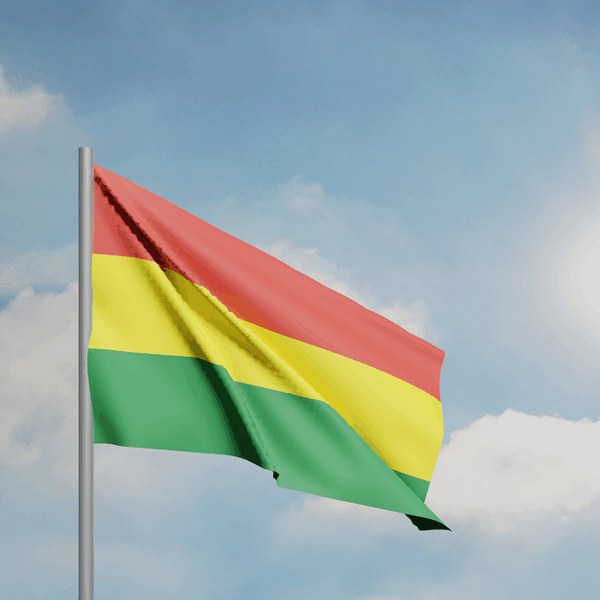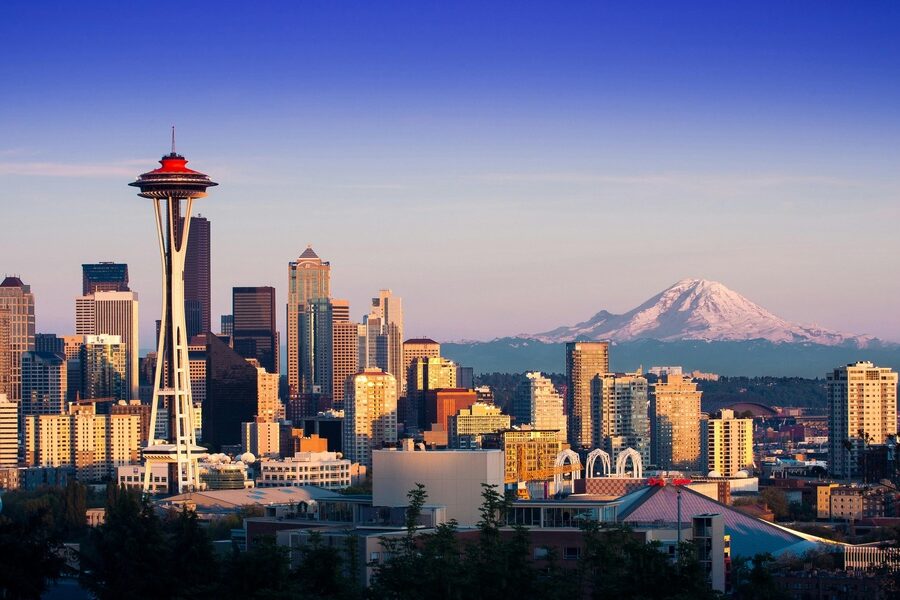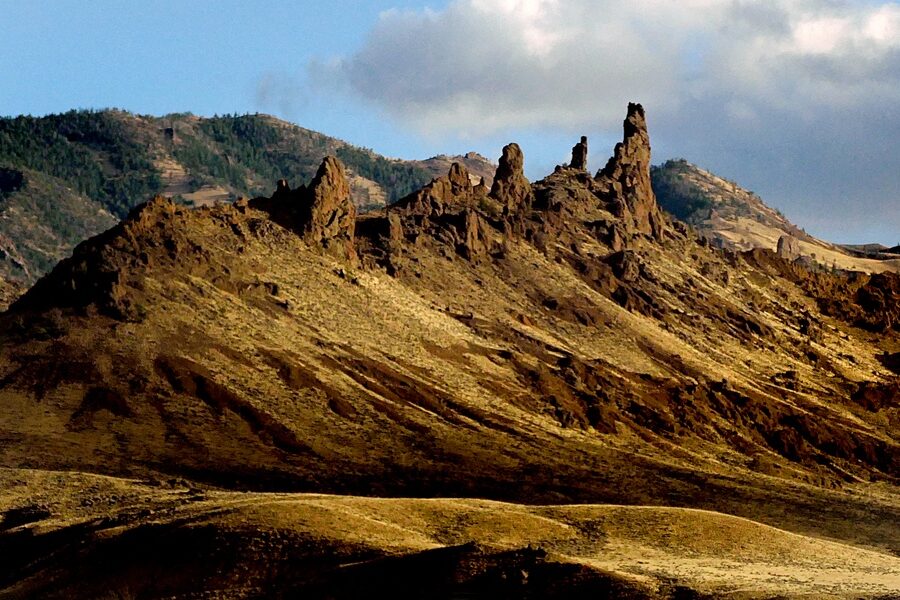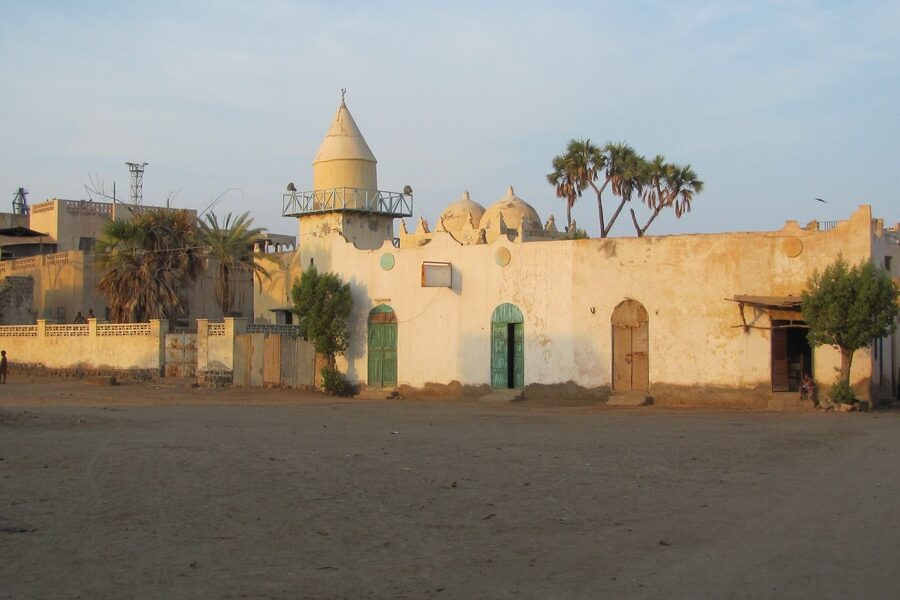Guinea holds roughly 25% of the world’s bauxite reserves — a surprising fact that shapes the country’s economy, landscapes, and job market.
That mineral wealth translates into real opportunities: large-scale and local mining firms bring infrastructure, ports and transport services expand around export hubs, and investment in towns from Kamsar to Conakry creates jobs and small-business demand. At the same time, Guinea’s coastline, fertile interior and busy markets mean everyday life can be affordable and full of fresh food, cultural life and nature close to hand.
Many readers assume life in West Africa is uniformly difficult; that’s a one-size-fits-all view that misses practical positives on the ground. This piece highlights tangible advantages for residents and newcomers, using concrete examples like Compagnie des Bauxites de Guinée (CBG), Marché Madina, and coastal towns such as Boffa.
Here are ten benefits of living in Guinea, grouped into economy, environment & lifestyle, culture & community, and practical services — with examples you can explore further.
Economic opportunities and affordable living
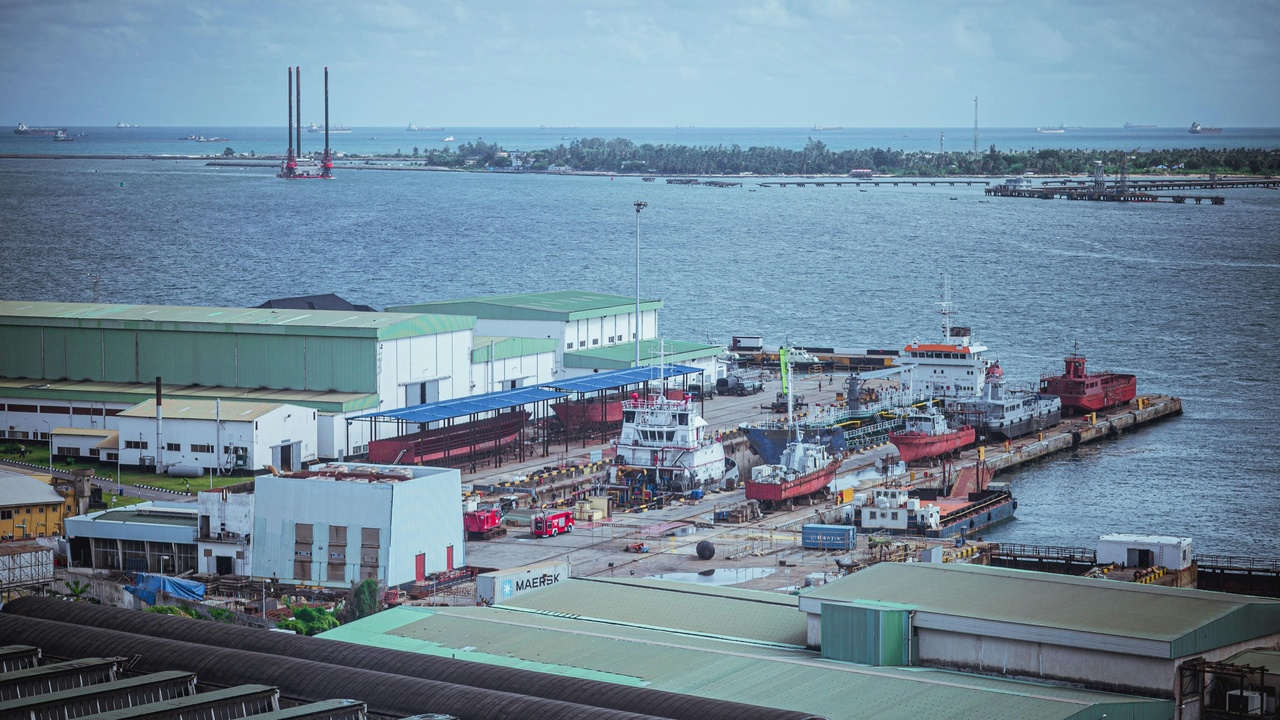
1. Job opportunities from abundant natural resources
Guinea’s mineral wealth creates both direct and indirect employment across mining, logistics and services. With roughly a quarter of global bauxite reserves, the country hosts major producers such as Compagnie des Bauxites de Guinée (CBG), and export activity around Kamsar and Conakry supports port crews, truckers and catering businesses.
That translates to steady demand for skilled and unskilled labor in mining districts and growth in local firms that supply equipment, food and transport. For accurate employment figures and project-level jobs, consult World Bank or company reports on Guinea’s mining sector.
2. Lower cost of living in many areas
Many parts of Guinea offer lower housing and daily costs compared with international and regional capitals. In Conakry a modest one-bedroom in central areas can range from about $400–$700 per month, while secondary cities and towns often see rents closer to $100–$200 monthly.
Lower food and local-transport costs—especially when shopping at markets like Marché Madina—mean residents can allocate more to education, business start-up capital or savings. For up-to-date figures, check IMF or World Bank country notes or reliable expat cost-of-living resources.
3. Growing small-scale agriculture and trade opportunities
Fertile zones and market access make smallholder farming and agribusiness viable. Common cash crops include cashew, rice and vegetables, and numerous community cooperatives process and aggregate produce for sale into Conakry markets or regional buyers.
Small agribusinesses can add value—drying cashew, milling rice—or plug into supply chains that feed urban markets. Look for local cooperatives and FAO or Guinea agriculture ministry reports for data on yields and export volumes when planning investments.
Nature, climate, and everyday quality of life
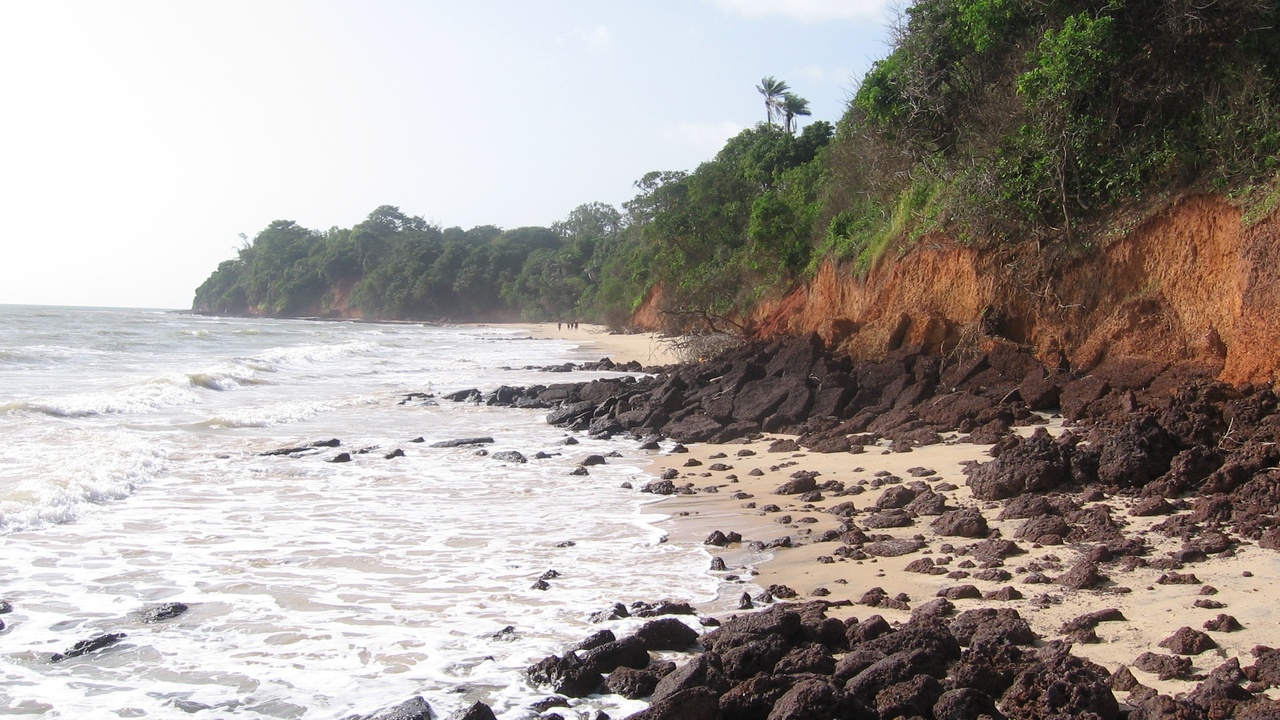
4. Proximity to rich biodiversity and green spaces
Guinea sits at a crossroads of coastal, forest and savanna habitats, so residents can reach very different landscapes within a few hours. Protected areas like Parc National du Haut Niger offer birdwatching and guided nature trips that support local guides and community tourism.
Day trips from Conakry to nearby reserves or forested highlands are common for families and small groups. Community-based ecotourism projects provide income for rural communities while giving residents easy access to wildlife and green space.
5. Fresh coastal food and vibrant fishing communities
Guinea’s Atlantic coastline supports lively artisanal fisheries and daily fish markets. Coastal towns such as Boffa and the Conakry shoreline supply fresh catches to city markets, so seafood features prominently in local diets and restaurant menus.
For residents, that means regular access to fresh fish at reasonable prices and cultural life tied to fishing seasons. Small-scale fisheries also provide livelihoods for coastal communities and markets where urban sellers buy directly from fishers.
6. Warm climate that supports outdoor lifestyles
Guinea’s tropical climate—with a distinct wet season (roughly May–October) and dry season—makes outdoor markets, seaside leisure and year-round farming possible. People spend a lot of time outside: markets, seaside promenades and communal gatherings are part of daily rhythm.
That climate supports outdoor vendors, café culture along the Conakry coast and farming cycles that keep local markets stocked most of the year.
Culture, community, and quality social life
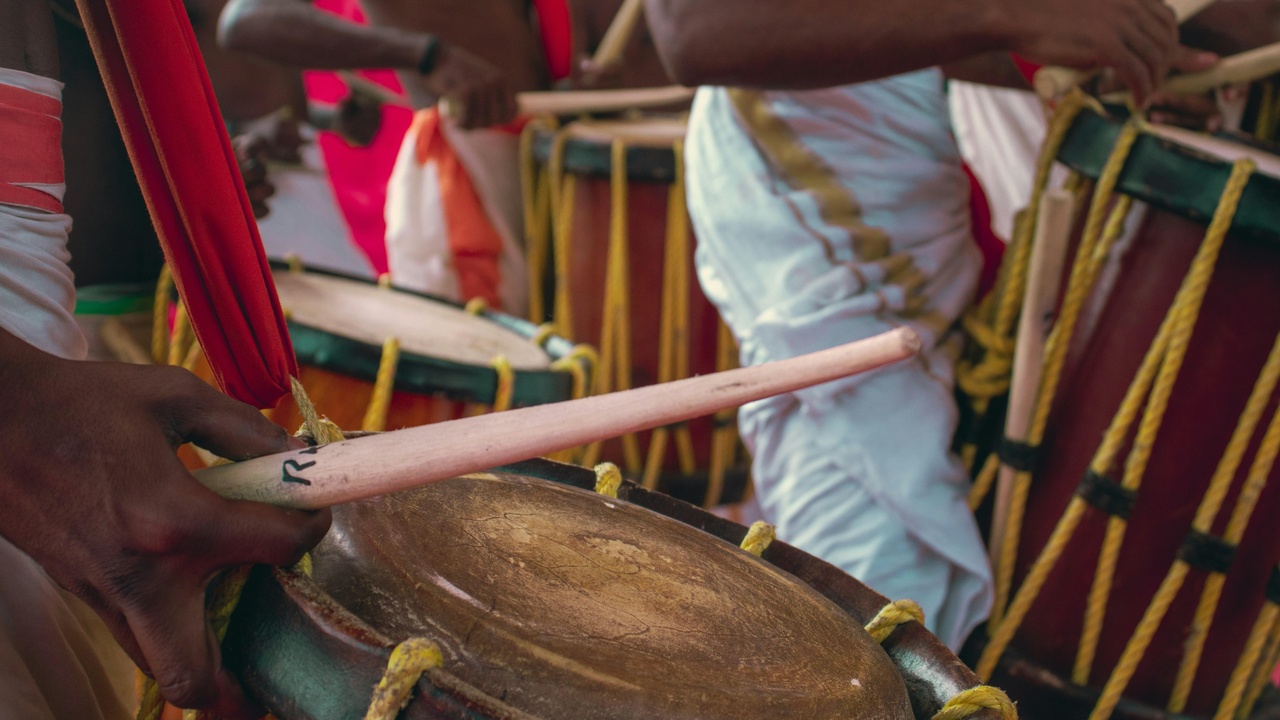
7. Rich musical and festival culture
Guinea is renowned for its drumming, dance and musical ensembles; national traditions create communal events that are both social and economic. Conakry hosts cultural nights and troupes that tour the region, and music schools train young performers in traditional styles.
These traditions draw tourists and sustain small businesses—venues, costume makers and instructors—and they offer residents a lively calendar of performances and festivals. For deeper background, UNESCO and local cultural organizations document many of these heritage practices.
8. Close-knit communities and informal support networks
Neighborhood ties and extended-family networks are strong in many Guinean towns. Informal savings groups—tontines—play a big role in financing homes, ceremonies and small business starts, while community leaders often coordinate practical help like childcare or housing referrals.
Newcomers frequently find housing and work through word-of-mouth and local associations. Those community systems make social integration and day-to-day problem-solving more straightforward than outsiders might expect.
Practical infrastructure and future-facing advantages
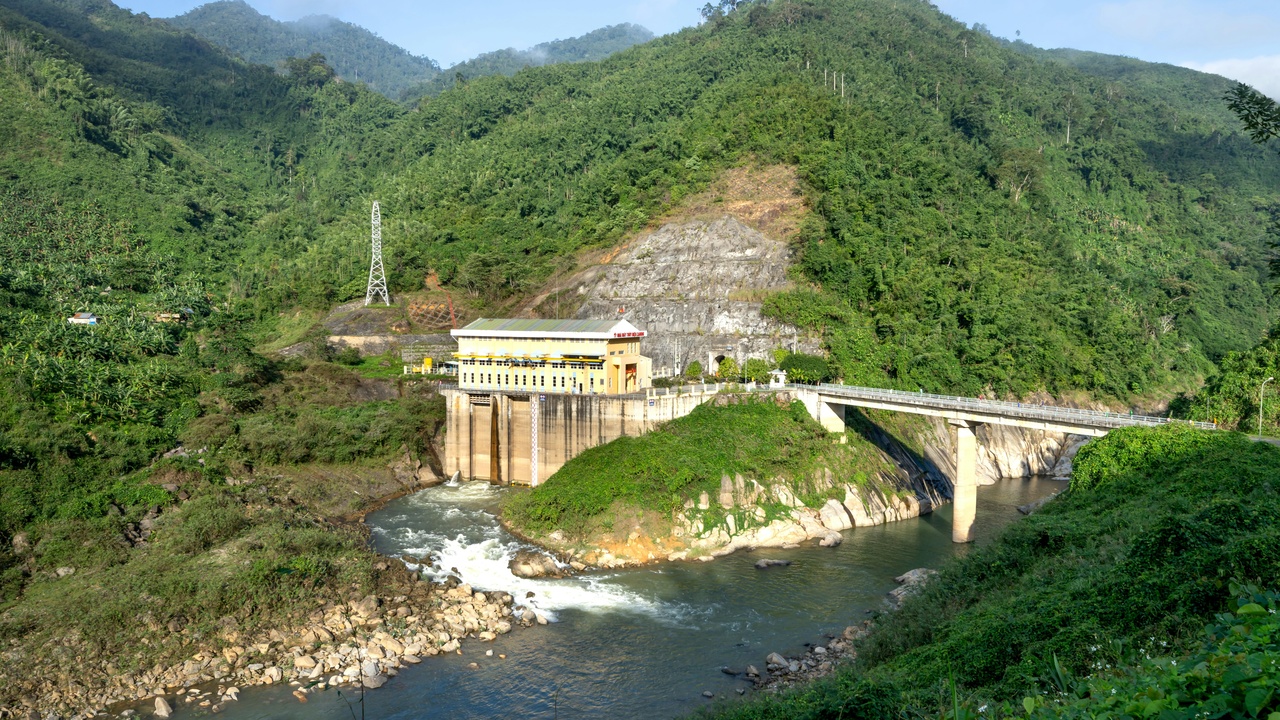
9. Improving transport links and strategic coastal access
Port upgrades and road improvements are helping Guinea move goods faster and connect farmers to markets. Conakry’s port modernization and corridor work near Kamsar and Kindia reduce freight delays and lower costs for exporters and traders.
For residents, that means more reliable delivery of goods, easier travel between regional centers, and better market access for agricultural producers. Development bank project pages provide timelines and expected impacts for specific road and port investments.
10. Energy potential: hydro and solar offering practical solutions
Guinea’s hydropower potential is already producing large projects such as Kaléta (about 240 MW) and Souapiti (around 450 MW), while decentralized solar programs are expanding access in rural areas. These projects increase reliable electricity for clinics, schools and businesses.
Solar home systems and small commercial installations create local installer jobs, and more dependable power helps small manufacturers and cold-chain businesses scale. For capacity figures and project details, consult AfDB or World Bank project documents.
Summary
- Economic opportunity tied to mineral wealth (roughly 25% of global bauxite reserves) and growing local value chains.
- Accessible nature and coast—easy trips to Parc National du Haut Niger, Conakry beaches and fishing towns like Boffa.
- Vibrant cultural life and strong community systems (tontines, neighborhood networks) that ease daily living and social integration.
- Practical improvements in ports, roads and energy (Kaléta ~240 MW, Souapiti ~450 MW) plus expanding solar solutions; check World Bank or AfDB country profiles to learn more.

